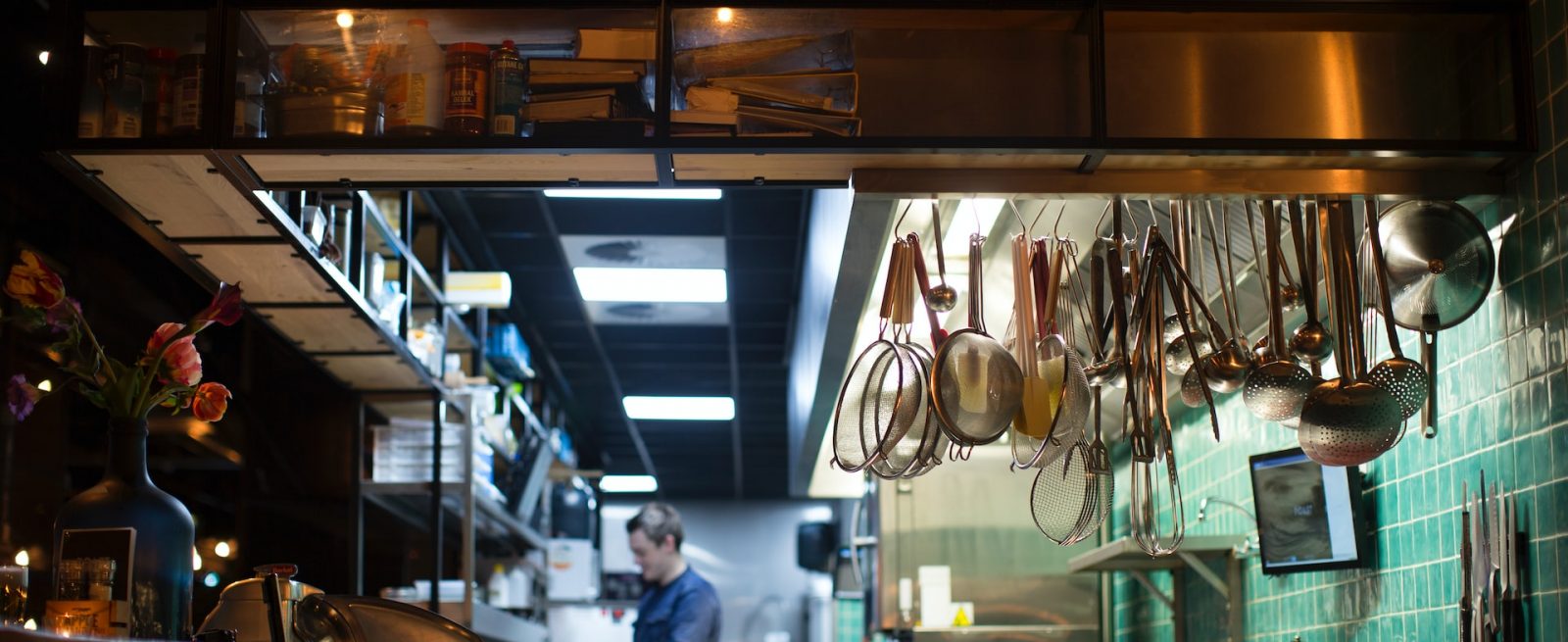How EaaS Benefits Businesses Big and Small
4 Min Read By John Mahlmeister
We’re all familiar with equipment rental and software subscription services in the restaurant industry. But have you considered how an equipment subscription is a better, smarter business move than equipment ownership?
If you’re going to run a successful restaurant, there are certain pieces of equipment you just can’t do without: dishwasher, walk-in refrigerator, ice machine, etc. You get to choose how to acquire this equipment: buy or rent. While purchasing has always been the norm for most, if not all, essential equipment in the restaurant business, it’s not necessarily the smarter fiscal choice.
Capital expenditures (CapEx), often but not always incurred before a business opens, represent major purchases that business owners typically finance with loans. Virtually all the CapEx equipment and other items in a restaurant or bar depreciate over time and must eventually be replaced. Back-of-house essential equipment includes some of the most expensive items a restaurant can buy, and while the business can’t function without them, these CapEx purchases aren’t going to generate more business year over year.
Operating Expenses (OpEx) are the recurring monthly bills a restaurant or bar usually budgets for: electricity and water, rent, food and alcohol, etc. Any item or service the business rents or pays for through subscription also counts as OpEx. OpEx items are tax-deductible, unlike CapEx items, which means they can improve a business’s annual bottom line in a way all those CapEx purchases won’t.
Equipment as a Service (EaaS) has been slowly growing in popularity across industries, modeled after the original business subscription, Software as a Service (SaaS). More than just a rental solution, EaaS can turn those big-ticket pieces of equipment restaurants rely on into services fully managed by a third party provider. EaaS can also move many of a business’s CapEx items into OpEx, reducing the total startup cost and increasing annual tax deductions.
EaaS for Big Business
What’s in it for big businesses that have plenty of capital to throw around? The value they’ll find in EaaS comes down to convenience and security on the operations side. The benefits include:
- Operational consistency – EaaS providers are motivated to keep your equipment in good working order at all times. That’s what you pay them for. You’re less likely to encounter technical issues with your equipment when you’ve got a dedicated team taking responsibility for it.
- Equipment control – You’ll have an easier time acquiring your company’s approved equipment brands and tracking equipment purchases across all your locations with a single EaaS provider.
- Remote monitoring and reporting – Some EaaS providers now use remote monitoring on their equipment to detect issues early and resolve them without involving technician visits. This technology also gives you access to all the data you need from the equipment in one place.
- Efficient problem relief – Instead of your franchisee or one of your general managers escalating an equipment issue to corporate, they’ll take it to your EaaS provider, allowing your corporate office to stay focused on more important tasks.
The sum of these big business benefits? Brand protection. Outsourcing the management of your major equipment to experts capable of covering all your locations means less risk of equipment failure, malfunction, and health inspection violations.
EaaS for Small and Medium Businesses
The primary advantage of moving equipment costs from the CapEx to the OpEx column for small and medium businesses is obvious: cushier cash reserves and fewer loans means less pressure to hit high revenue goals to make back the CapEx bills. It also increases the SMBs’ tax-deductions, which can make the difference in those critical first 5 years between survival and closure.
Beyond that, an equipment subscription becomes especially advantageous to smaller businesses when times are tough during economic downturns and recessions. Small businesses—40 percent of which generate less than $100,000 in annual revenue and more than 70 percent of which bring in less than $500,000—typically have a more fragile financial safety net than the bigger fish in the pond. Without the cash reserves and collateral that lenders want to see, these small businesses are much less likely to secure loans when they need them most. This is just one reason small and medium-sized businesses are more likely to file for bankruptcy in a depressed market than big businesses.
Let’s use commercial ice machines as an example of equipment available through an EaaS subscription. Major national and regional restaurant chains may not bat an eye at the total cost of ownership for their fleet of ice machines, but it’s a different story for SMBs. A small business bringing in $100,000 or less annually will feel the sting of a $6,000 price tag on a new commercial ice machine. Combined with at least another $1,000 in ice machine maintenance and repair fees every year, ice ends up consuming a significant chunk of the budget. Renting an ice machine through an all-inclusive subscription that covers the costs of maintenance and repairs saves the business owner a significant amount of money that can keep them afloat during economically challenging years.
Equipment as a Service (EaaS) is the future for businesses of all sizes that want to save money on essential equipment and protect their brand at the same time. Whether you’re a small, local restaurant owner or a power player at the top of a major, national chain, EaaS is an opportunity you don’t want to miss out on. Ask your accountant how an EaaS subscription could benefit your business.


